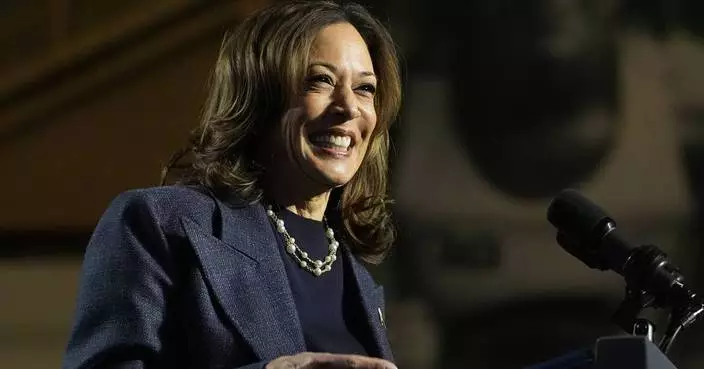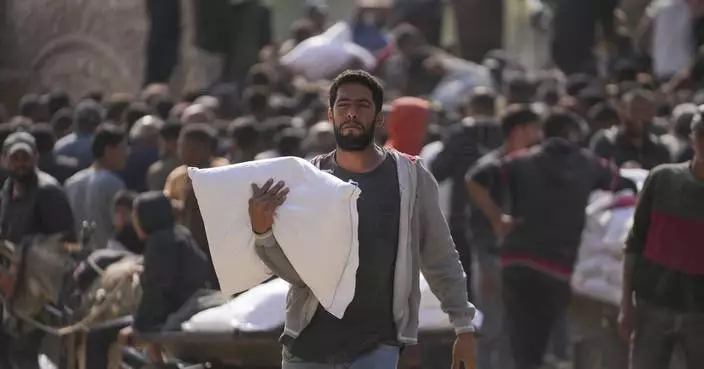NEW YORK--(BUSINESS WIRE)--Nov 4, 2024--
The Digital Cooperation Organization (DCO) has concluded its participation at the UN Summit of the Future ahead of the UN General Assembly High-Level Week on September 22-23, 2024. The DCO's activities emphasized multi-stakeholder digital cooperation to drive prosperity, in line with the Organization’s commitment to enable prosperity for all by accelerating the inclusive and sustainable growth of the digital economy.
This press release features multimedia. View the full release here: https://www.businesswire.com/news/home/20241104901094/en/
On 22 September 2024, UN Member States approved the Global Digital Compact (GDC) with the goal of “an inclusive, open, sustainable, fair, safe and secure digital future for all”. Approved as part of the ‘Pact for the Future’, the Global Digital Compact will define the framework for governments to “work in collaboration and partnership with the private sector, civil society, international organizations, the technical and academic communities and all other stakeholders, within their respective roles and responsibilities, to realize the digital future we seek”. The GDC negotiations have been led by the Co-Facilitators, the Permanent Representatives of Sweden and Zambia to the United Nations.
At the Summit of the Future, following the adoption of the GDC, the DCO Secretary-General Deemah AlYahya addressed the United Nations General Assembly as an Observer for the first time since the creation of the Organization, with a call for action for multilateral cooperation as the driving force towards an inclusive and sustainable global digital economy.
Deemah AlYahya, Secretary-General of the DCO, said: “Cooperation is a key driver of digital prosperity, and we are delighted to see the Global Digital Compact approved, a pivotal framework that seeks to create a digital future that is inclusive, open, and safe for all. The GDC reflects a real need for inclusive and sustainable growth in the digital economy to foster prosperity.
The Digital Cooperation Organization is committed to fostering international, multi-stakeholder cooperation within the digital economy, and we are committed to playing an active role in the GDC’s implementation to bridge the global digital divide.”
DCO’s newly launched Digital Economy Navigator (DEN) aims to play a pivotal role in advancing the GDC for DCO Member States and Partners by contributing to well-informed stakeholder decision-making and prioritization. Announced by DCO Secretary-General Deemah AlYahya during the “SDG Digital”, the DEN is a unique tool that will enable countries to better understand the paths to digital economy maturity, find opportunities for growth, benchmark progress, and bridge the gap in digital economy maturity.
“With the establishment of the UN Group of Friends for Digital Cooperation and the engagement with its Member States, the DCO has played a constructive role in shaping the Global Digital Compact. The Compact is a key milestone and a comprehensive framework for an inclusive and sustainable digital future. I look forward to continuing to engage with the DCO. Together, we can harness the power of digital technology to bridge the digital divide and accelerate progress towards the Sustainable Development Goals,” commented Amandeep Gill, UNSG’s Envoy on Technology.
On the sidelines of the Summit of the Future, the DCO hosted a side event at the United Nations Headquarters in New York, titled ‘Fostering Global Digital Cooperation for Prosperity’.
The event provided a multi-stakeholder platform to explore innovative digital cooperation models and showcase actionable solutions for digital prosperity.
More information about the DCO can be found at
*Source: AETOSWire
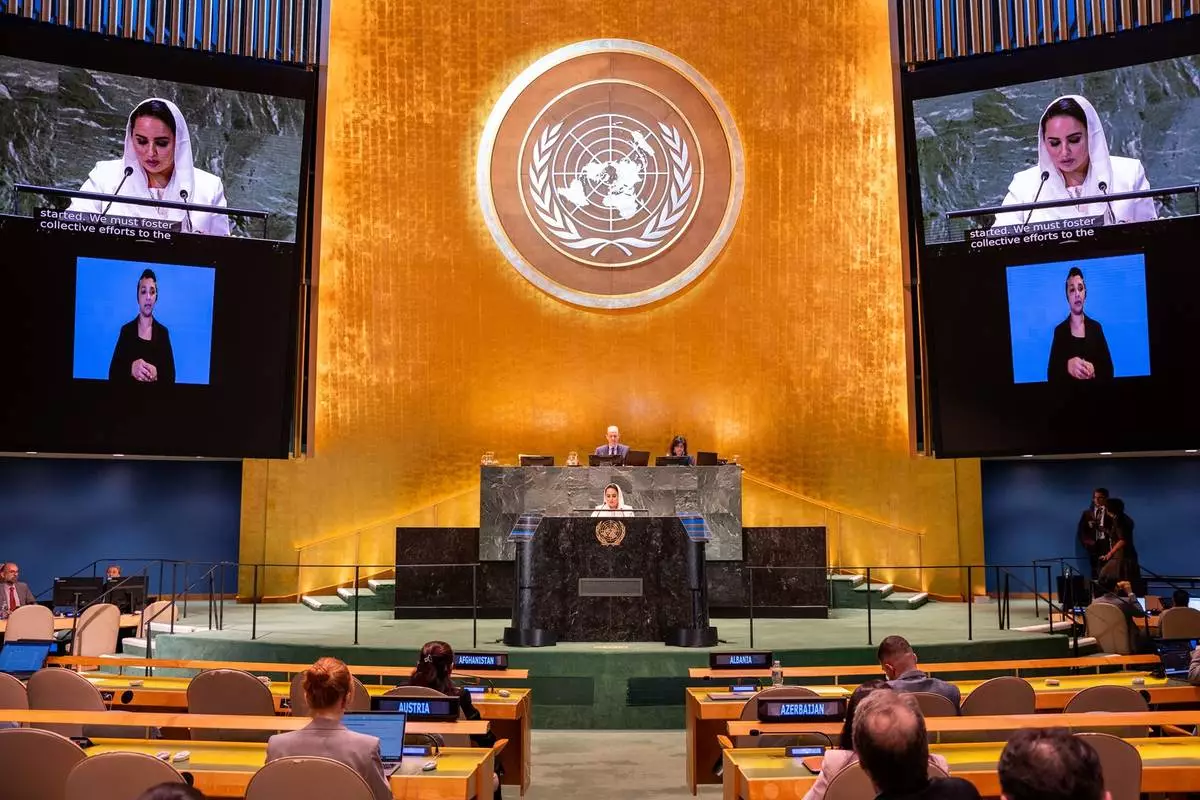

Digital Cooperation Organization at Summit of the Future: Accelerating digital cooperation to drive digital prosperity (Photo: AETOSWire)
SEOUL, South Korea (AP) — North Korea on Tuesday fired multiple short-range ballistic missiles toward its eastern sea, the South Korean military said, as the country continued its weapons demonstrations hours before the U.S. presidential election.
South Korea’s Joint Chiefs of Staff said the missiles flew about 400 kilometers (250 miles) but didn’t specify how many were fired. Japanese Prime Minister Shigeru Ishiba said they landed in waters outside of Japan’s exclusive economic zone and there were no immediate reports of damage.
The launches came days after North Korean leader Kim Jong Un supervised a flight test of the country’s newest intercontinental ballistic missile designed to reach the U.S. mainland. In response to that launch, the United States flew a long-range B-1B bomber in a trilateral drill with South Korea and Japan on Sunday in a show of force. That drew condemnation from Kim’s powerful sister, who on Tuesday accused North Korea’s rivals of raising tensions with “aggressive and adventuristic military threats.”
South Korean officials have said that North Korea was likely to dial up its military displays around the U.S. presidential election to command the attention of Washington. South Korea’s military intelligence agency said last week that North Korea has also likely completed preparations for its seventh nuclear test.
Outside officials and analysts say North Korea eventually hopes to use an expanded nuclear arsenal as leverage to win concessions such as sanctions relief after a new U.S. president is elected.
There are widespread views that Kim Jong Un would prefer a win by Republican candidate Donald Trump, with whom he engaged in high-stakes nuclear diplomacy in 2018-19, seeing him as a more likely counterpart to give him what he wants than Democratic candidate Kamala Harris. During campaigning, Harris said she won’t “cozy up to tyrants and dictators like Kim Jong Un who are rooting for Trump.”
North Korea claimed last week that the Hwasong-19 it tested on Oct. 31 was “the world’s strongest” ICBM, but experts say the solid-fuel missile was too big to be useful in war. Experts say North Korea has yet to acquire some critical technologies to build a functioning ICBM, such as ensuring that the warhead survives the harsh conditions of atmospheric re-entry.
Tensions between the Koreas are at their highest point in years as Kim has repeatedly flaunted his expanding nuclear weapon and missile programs, while reportedly providing Russia with munitions and troops to support President Vladimir Putin’s war in Ukraine.
On Monday, U.S. State Department spokesperson Matthew Miller told reporters that as many as 10,000 North Korean soldiers were in Russia’s Kursk region near Ukraine’s border and were preparing to join Moscow’s fight against Ukraine in the coming days. If they engage in combat, it would be North Korea’s first participation in a large-scale conflict since the end of the 1950-53 Korean War.
After a meeting in Seoul on Monday, senior South Korean and European Union officials expressed concerns about Russia’s possible transfer of technology to North Korea to enhance its nuclear program in exchange for its troops. Such transfers would “jeopardize the international non-proliferation efforts and threaten peace and stability on the Korean Peninsula and across the globe,” they said.
In response to North Korea’s growing nuclear threat, South Korea, the United States and Japan have been expanding their combined military exercises and updating their nuclear deterrence plans built around U.S. strategic assets.
North Korea has portrayed the joint military drills by its rivals as rehearsals for an invasion and used them to justify its relentless pursuit of nuclear weapons and missiles.
At a U.N. Security Council meeting Monday, North Korea’s ambassador, Kim Song, defended the North's nuclear and ICBM programs as essential for the country’s self-defense and a necessary response to what it perceives as nuclear threats from the United States. He stressed that North Korea would accelerate the build-up of “our nuclear force that can counter any threat presented by hostile nuclear weapon states.”
U.S. Deputy Ambassador Robert Wood warned that the U.S. cannot stand back from North Korea’s expanding nuclear program and the growing threat to U.S. security “without a response.”
Wood also repeated last week’s call for Russia to say whether there are North Korean troops on the ground in Russia. “We’re not in a court here,” Russian Deputy Ambassador Anna Evstigneeva replied, “and the questions of the United States, in the spirit of an interrogation, is not something I intend to answer.”
Associated Press writers Mari Yamaguchi in Tokyo and Edith M. Lederer at the United Nations contributed to this report.
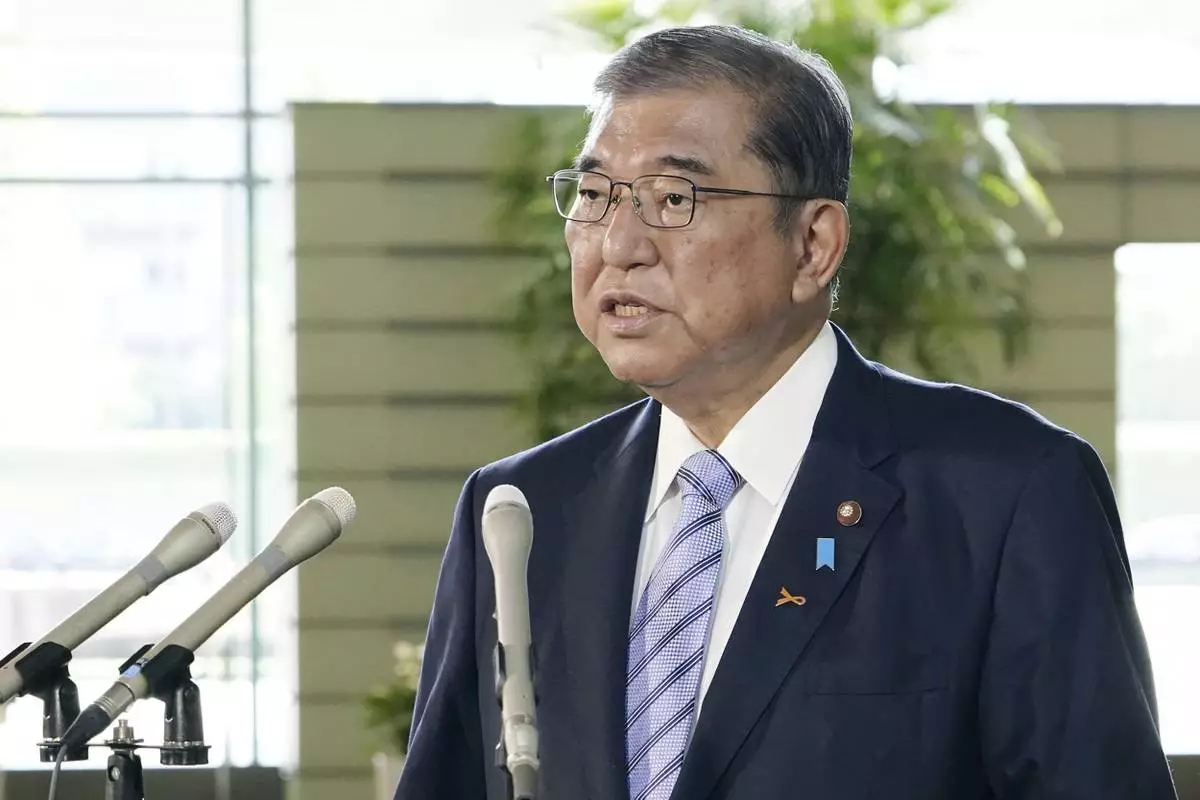
Japan's Prime Minister Shigeru Ishiba speaks to journalists following North Korea's latest missile launches, at his office in Tokyo Tuesday, Nov. 5, 2024. (Kyodo News via AP)
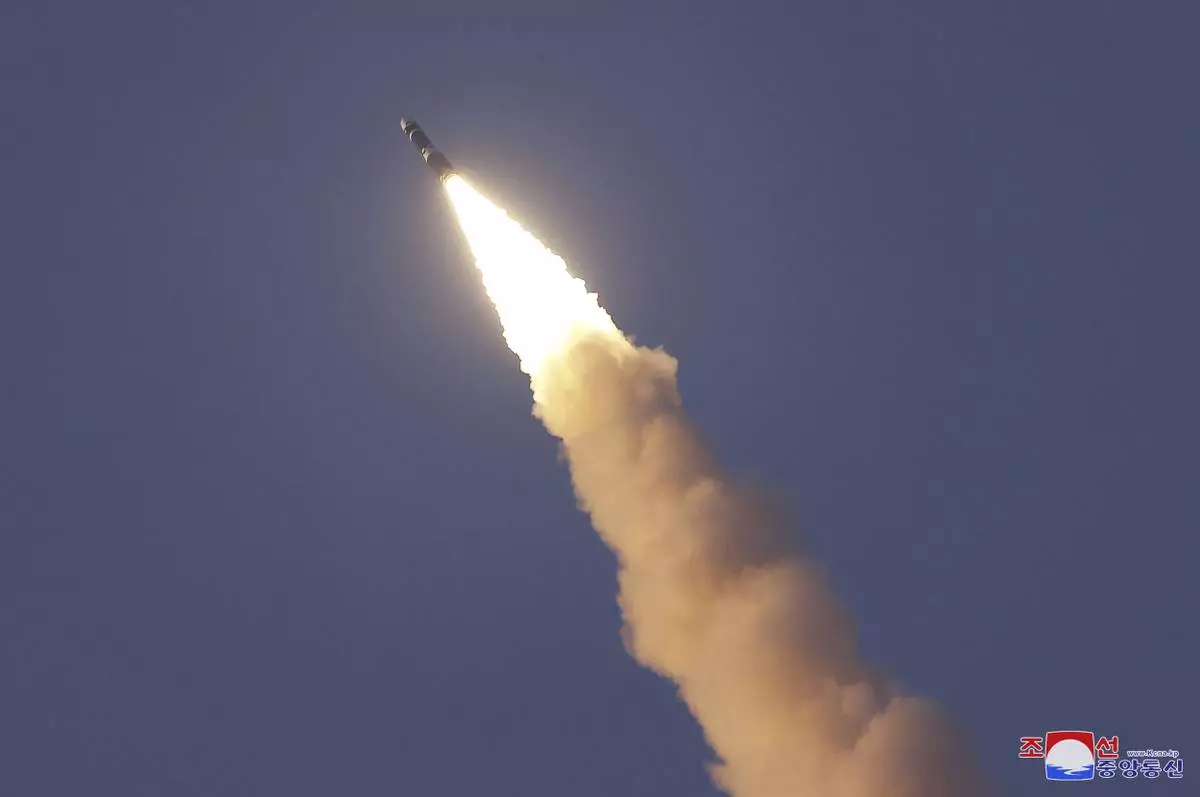
FILE - This photo provided by the North Korean government, shows what it says a test launch of new intercontinental ballistic missile "Hwasong-19" at an undisclosed stie in North Korea Thursday, Oct. 31, 2024. Independent journalists were not given access to cover the event depicted in this image. The content of this image is as provided and cannot be independently verified. Korean language watermark on image as provided by source reads: "KCNA" which is the abbreviation for Korean Central News Agency. (Korean Central News Agency/Korea News Service via AP, File)

FILE - In this photo provided by the North Korean government, North Korean leader Kim Jong Un, left, supervises artillery firing drills in North Korea, on March 7, 2024. Independent journalists were not given access to cover the event depicted in this image. The content of this image is as provided and cannot be independently verified. Korean language watermark on image as provided by source reads: "KCNA" which is the abbreviation for Korean Central News Agency. (Korean Central News Agency/Korea News Service via AP, File)
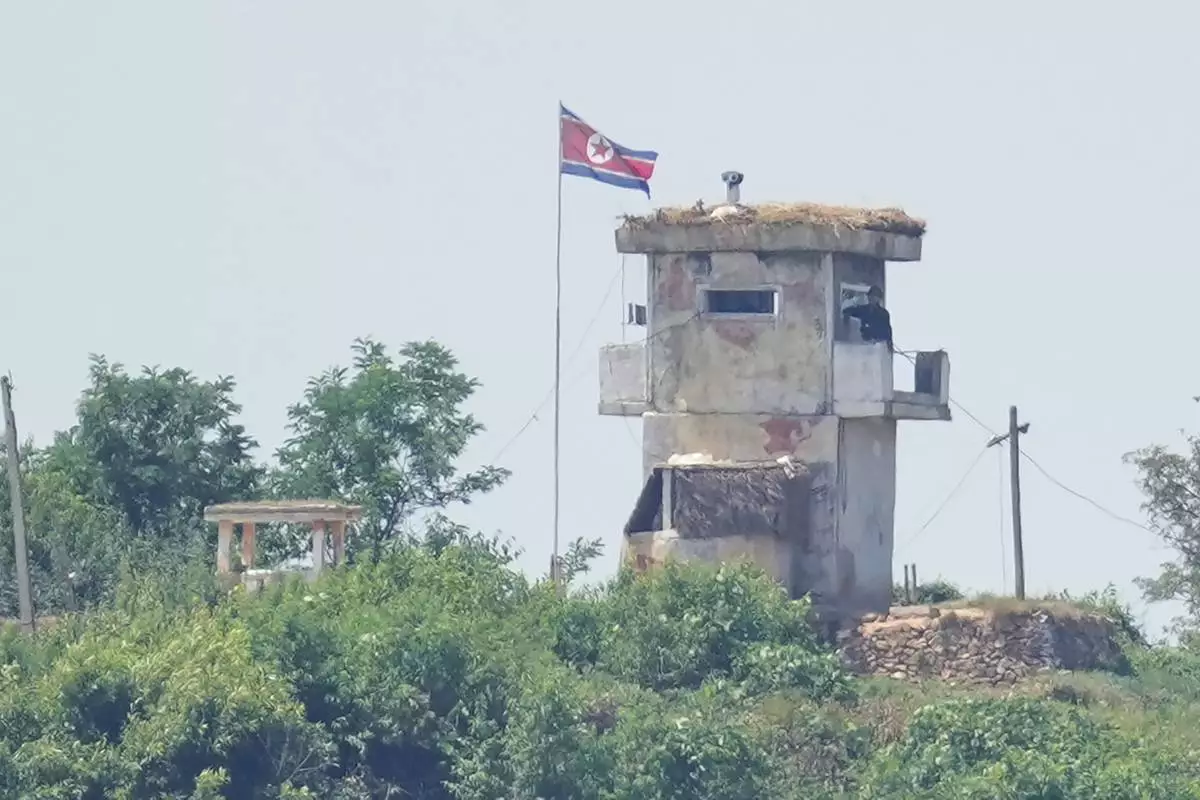
FILE - A soldier stands at a North Korean military guard post flying a national flag, seen from Paju, South Korea, Wednesday, June 26, 2024. (AP Photo/Lee Jin-man, File)









